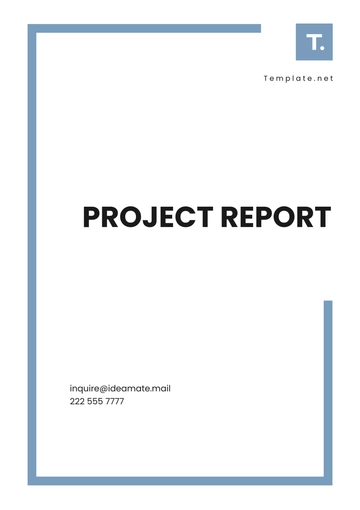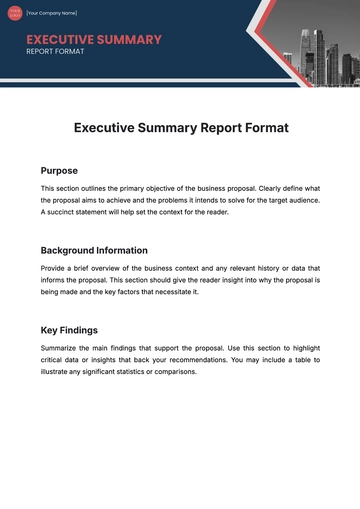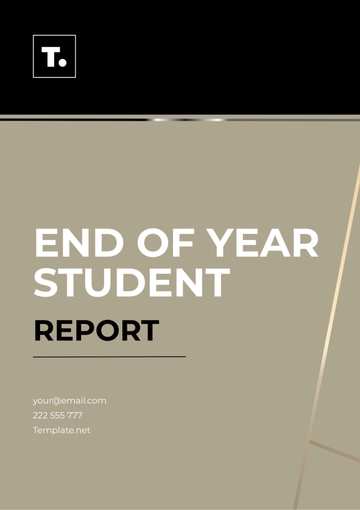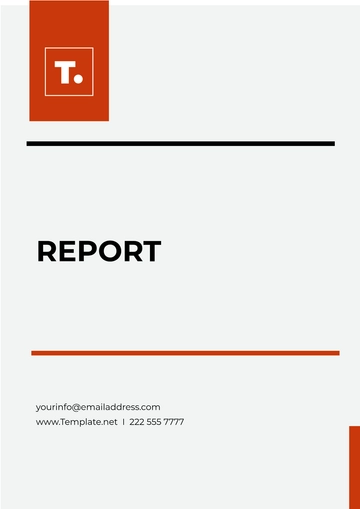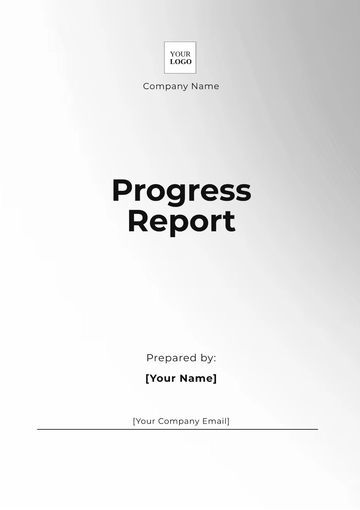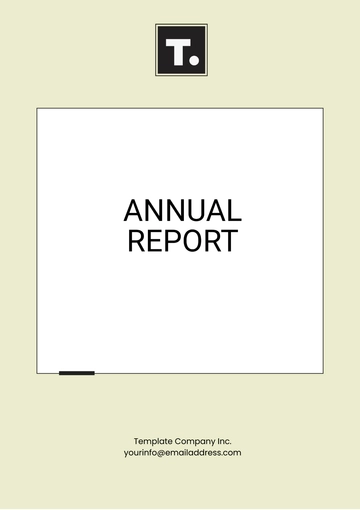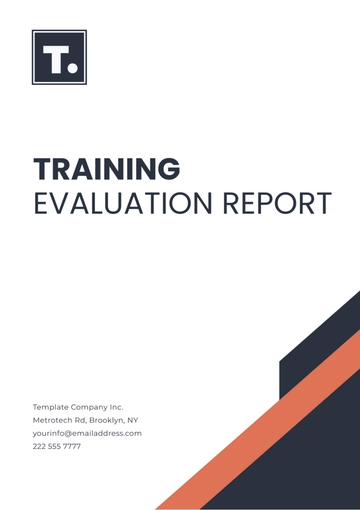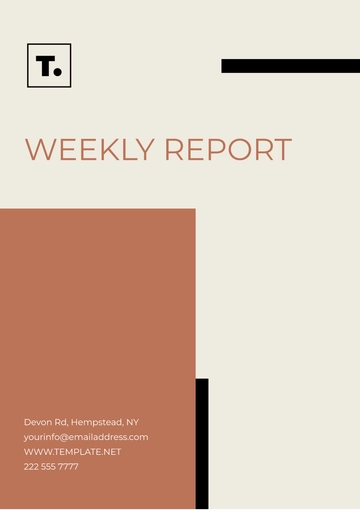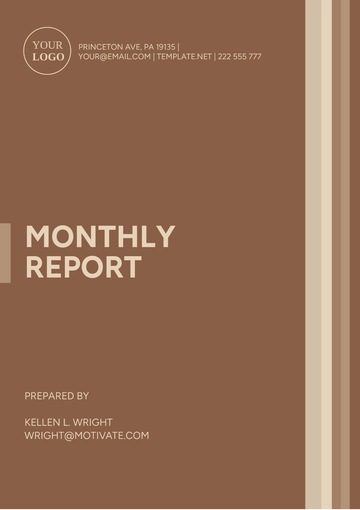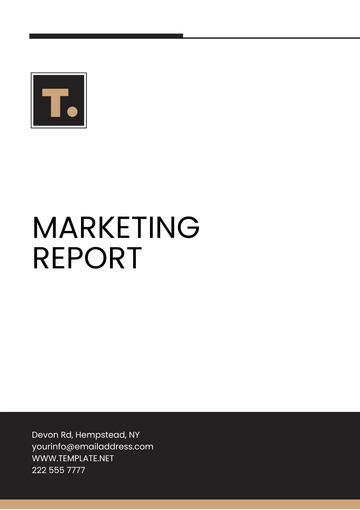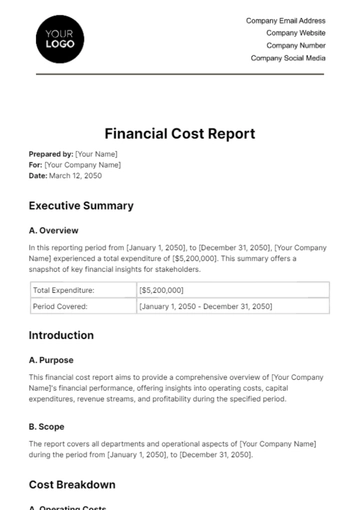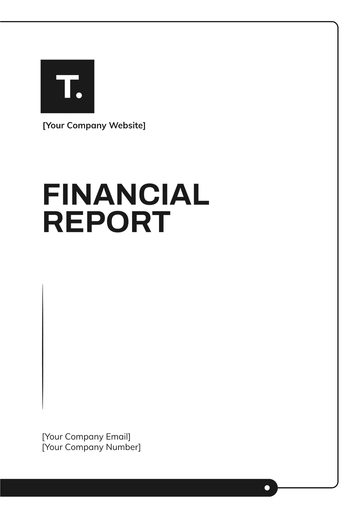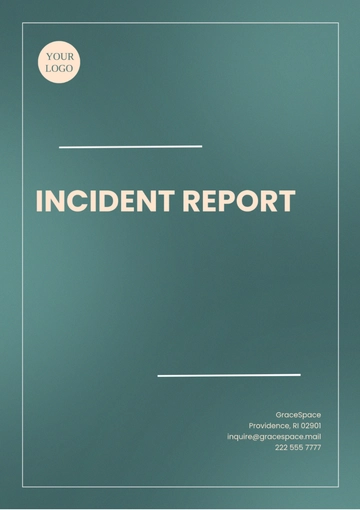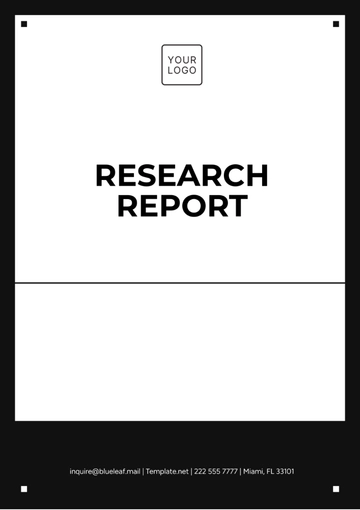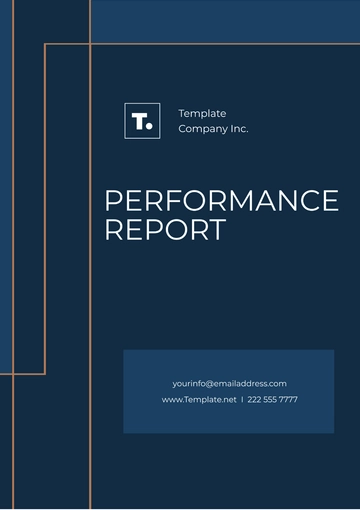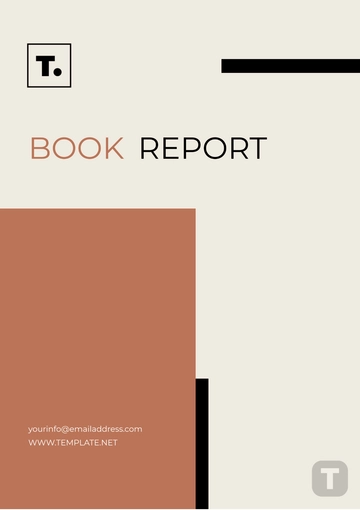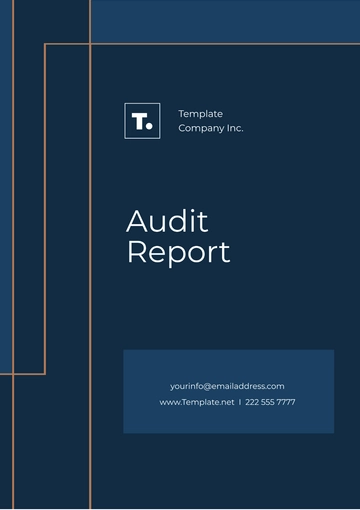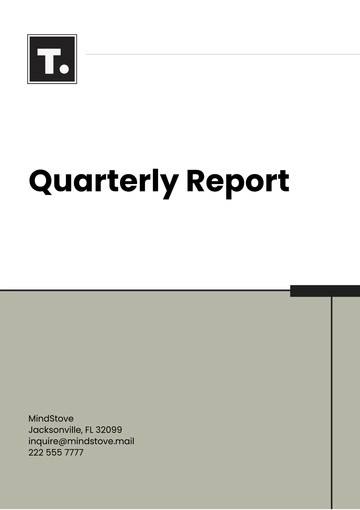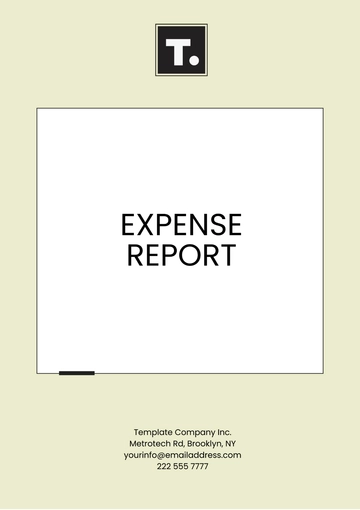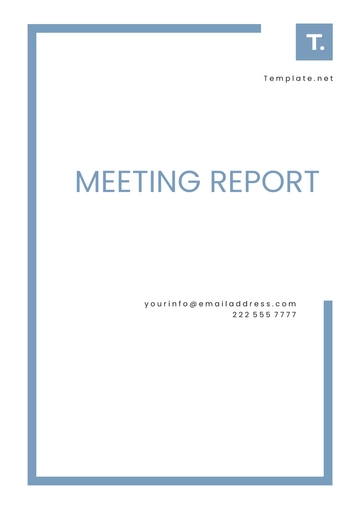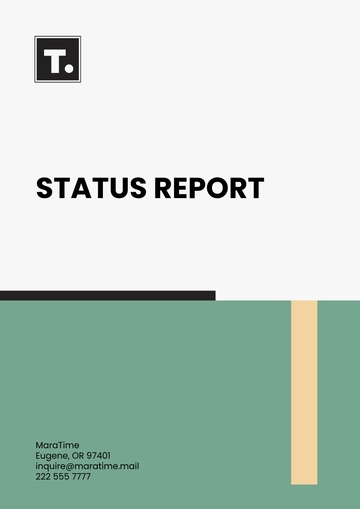Free Urban Planning Report
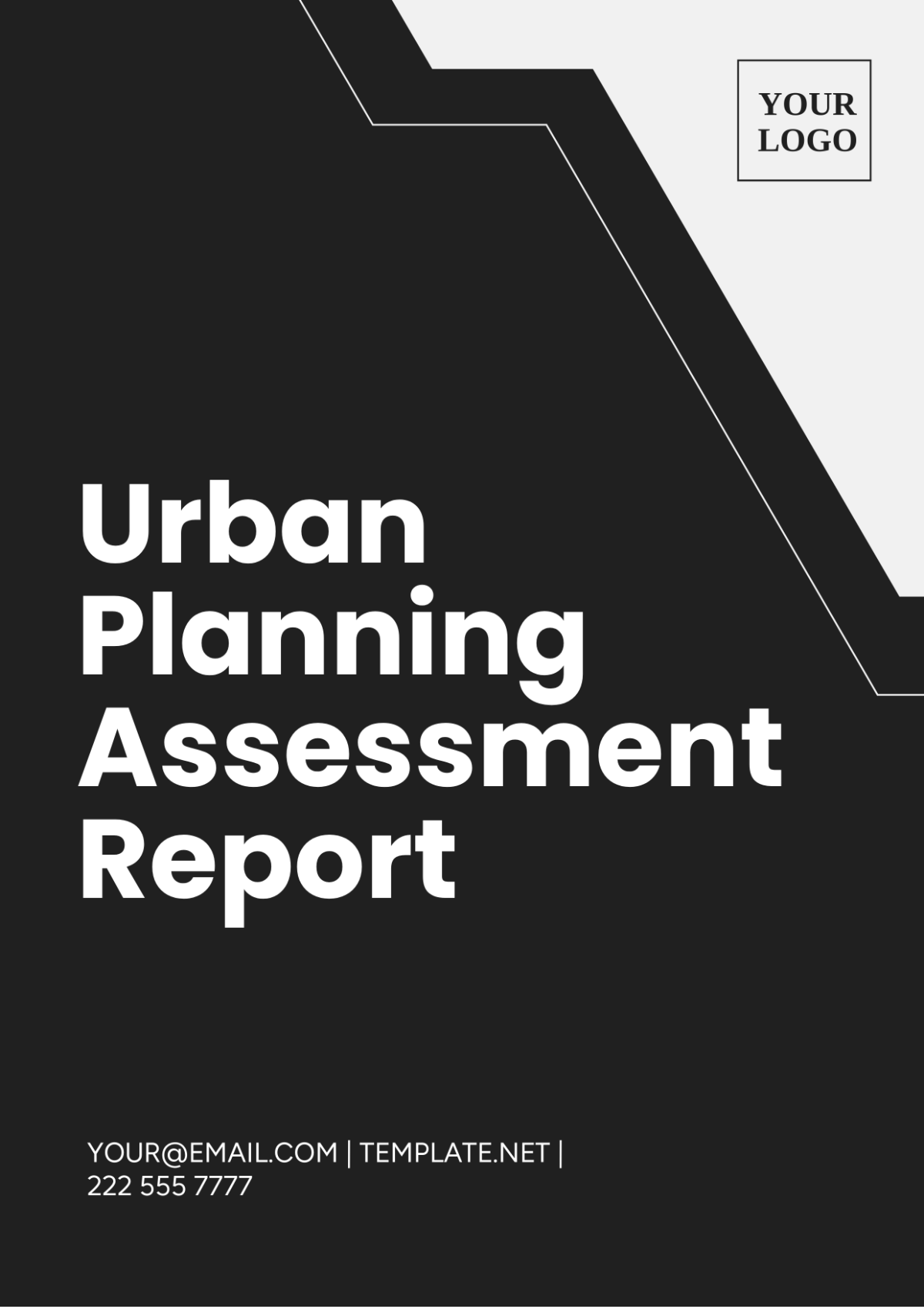
Prepared By: [YOUR NAME]
Company: [YOUR COMPANY NAME]
I. Executive Summary
An analytical and comprehensive Urban Planning Assessment, this report furnishes detailed insights into the urban development strategies of [CITY OR REGION]. Prepared by [YOUR NAME] of [YOUR DEPARTMENT], the document evaluates current infrastructure, proposes future projects, and outlines key recommendations to support sustainable urban growth.
The insights shared here lead directly from current data gathered from various city planning departments and stakeholders such as [LIST IMPORTANT STAKEHOLDERS]. This synthesis aims to align urban development with broader environmental, economic, and societal goals, promoting a balanced approach beneficial for all.
II. Introduction
This section introduces the scope, objectives, and methodology of the urban planning report. As urban environments continue to evolve, a strategic approach to planning and development is critical. The areas of focus include infrastructure, public spaces, and residential areas which are key to sustainable urban growth.
The methodology embraces a data-driven analysis approach, combining quantitative metrics and qualitative assessments gathered from [SOURCES OF DATA]. Each analysis area is connected to actionable insights, preparing [CITY OR REGION] for future challenges and opportunities.
III. Area Overview
The [CITY OR REGION]’s current urban landscape is characterized by various key elements such as population density, economic activities and spatial distribution of resources. An understanding of these basics is essential in identifying the essential planning needs and priorities.
In this overview, we provide a snapshot of the city’s demographic and economic status based on the latest data from [YEAR OF DATA], which serves as the foundation for all further discussions in this report.
IV. Assessment of Current Infrastructure
Examining the predispositions of current infrastructure is pivotal to planning for future needs. This section delves into the assessment of various infrastructures including transport systems, utility services, and housing. Essential infrastructures are rated on their current condition, capacity, and their alignment with contemporary urban demands.
Insights derive from our evaluations suggesting specific upgrades and expansions necessary in sectors showing stress under current urban demands. Projections estimate the urban population growth, emphasizing the urgency for strategic infrastructure planning.
V. Urban Development Strategy
This section outlines the strategic vision for urban development over the next [PLANNING PERIOD]. It proposes several key initiatives aimed at addressing the challenges identified in the infrastructure assessment. Focus areas include sustainable urban growth, enhancement of public transportation, and revitalization of historical neighborhoods.
Detailed plans are enumerated below, emphasizing collaboration between public institutions, private sector partners, and community groups. The strategy integrates technological innovations and sustainability practices to ensure resilience and livability.
VI. Recommendations
Based on the thorough analysis and strategic outlook presented, this section sets forth actionable recommendations. Prioritized initiatives include [LIST KEY INITIATIVES]. Each recommendation supports the overarching goal of creating a more organized, accessible, and sustainable urban environment.
Further, stakeholder engagement through forums and consultative sessions will be essential in refining these recommendations. Such collective efforts are vital for securing buy-in and ensuring the successful implementation of proposed projects.
VII. Findings
Population Trends: Highlighting areas of increasing density for targeted infrastructure planning.
Infrastructure Stress Points: Identifying critical areas needing intervention for sustained development.
Environmental Impact Assessment: Pinpointing opportunities for sustainability improvements.
Community Engagement: Incorporating resident feedback into development plans.
Economic Opportunities: Guiding strategies for economic growth and diversification.
Historical/Cultural Preservation: Emphasizing heritage site protection and cultural diversity.
Technological Integration: Leveraging tech for urban efficiency and sustainability.
VIII. Conclusion
The future of [CITY OR REGION] relies significantly on the visionary planning and actions implemented today. This Urban Planning Assessment Report serves as a critical tool for decision-makers in guiding the city toward sustainable and inclusive growth.
Continued monitoring and periodic reviews of implemented strategies will be crucial to adapt to changing urban dynamics and sustain progress in making [CITY OR REGION] a benchmark city in urban planning and development.
- 100% Customizable, free editor
- Access 1 Million+ Templates, photo’s & graphics
- Download or share as a template
- Click and replace photos, graphics, text, backgrounds
- Resize, crop, AI write & more
- Access advanced editor
Discover the ultimate Urban Planning Report Template on Template.net! Crafted for urban visionaries, it's fully editable and customizable, ensuring seamless integration of your unique insights. Effortlessly mold your ideas with precision using our Ai Editor Tool. Elevate your planning prowess with this indispensable resource
You may also like
- Sales Report
- Daily Report
- Project Report
- Business Report
- Weekly Report
- Incident Report
- Annual Report
- Report Layout
- Report Design
- Progress Report
- Marketing Report
- Company Report
- Monthly Report
- Audit Report
- Status Report
- School Report
- Reports Hr
- Management Report
- Project Status Report
- Handover Report
- Health And Safety Report
- Restaurant Report
- Construction Report
- Research Report
- Evaluation Report
- Investigation Report
- Employee Report
- Advertising Report
- Weekly Status Report
- Project Management Report
- Finance Report
- Service Report
- Technical Report
- Meeting Report
- Quarterly Report
- Inspection Report
- Medical Report
- Test Report
- Summary Report
- Inventory Report
- Valuation Report
- Operations Report
- Payroll Report
- Training Report
- Job Report
- Case Report
- Performance Report
- Board Report
- Internal Audit Report
- Student Report
- Monthly Management Report
- Small Business Report
- Accident Report
- Call Center Report
- Activity Report
- IT and Software Report
- Internship Report
- Visit Report
- Product Report
- Book Report
- Property Report
- Recruitment Report
- University Report
- Event Report
- SEO Report
- Conference Report
- Narrative Report
- Nursing Home Report
- Preschool Report
- Call Report
- Customer Report
- Employee Incident Report
- Accomplishment Report
- Social Media Report
- Work From Home Report
- Security Report
- Damage Report
- Quality Report
- Internal Report
- Nurse Report
- Real Estate Report
- Hotel Report
- Equipment Report
- Credit Report
- Field Report
- Non Profit Report
- Maintenance Report
- News Report
- Survey Report
- Executive Report
- Law Firm Report
- Advertising Agency Report
- Interior Design Report
- Travel Agency Report
- Stock Report
- Salon Report
- Bug Report
- Workplace Report
- Action Report
- Investor Report
- Cleaning Services Report
- Consulting Report
- Freelancer Report
- Site Visit Report
- Trip Report
- Classroom Observation Report
- Vehicle Report
- Final Report
- Software Report


